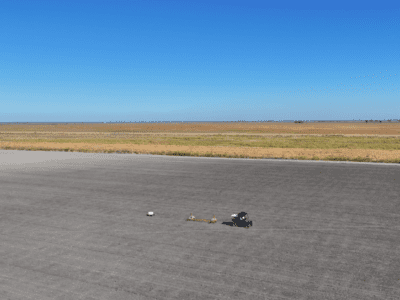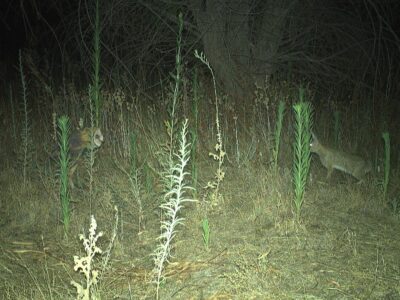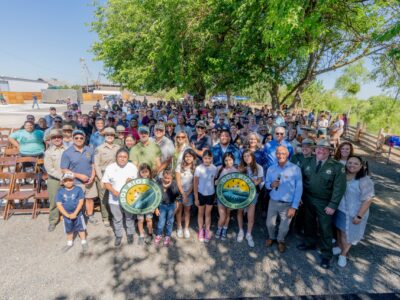
When I used to hear the term ‘environmental restoration,’ the image that came to mind was hiking through the forests of Yosemite or along stretches of remote coastline, hand planting little seedlings and pulling out non-native weeds.
I thought of restoration primarily as ‘enhancement’ in otherwise healthy ecosystems – trying to add diversity and vegetation to an area where it had been partially damaged by either anthropogenic or natural disturbances.
While the environmental impacts from human activity continue to increase and spur the need for restoration in so many landscapes today, some of the areas that need restoration the most are not the beautiful landscapes people would think of visiting for a weekend trip.
My vision of working as a restoration ecologist amongst diverse forest ecosystems or dynamic estuaries quickly dissipated when I started working for River Partners.
Instead, I found myself standing in abandoned agricultural fields in the Central Valley or looking down from a bluff in the desert at a murky river with a backdrop of thousands of oil rigs.
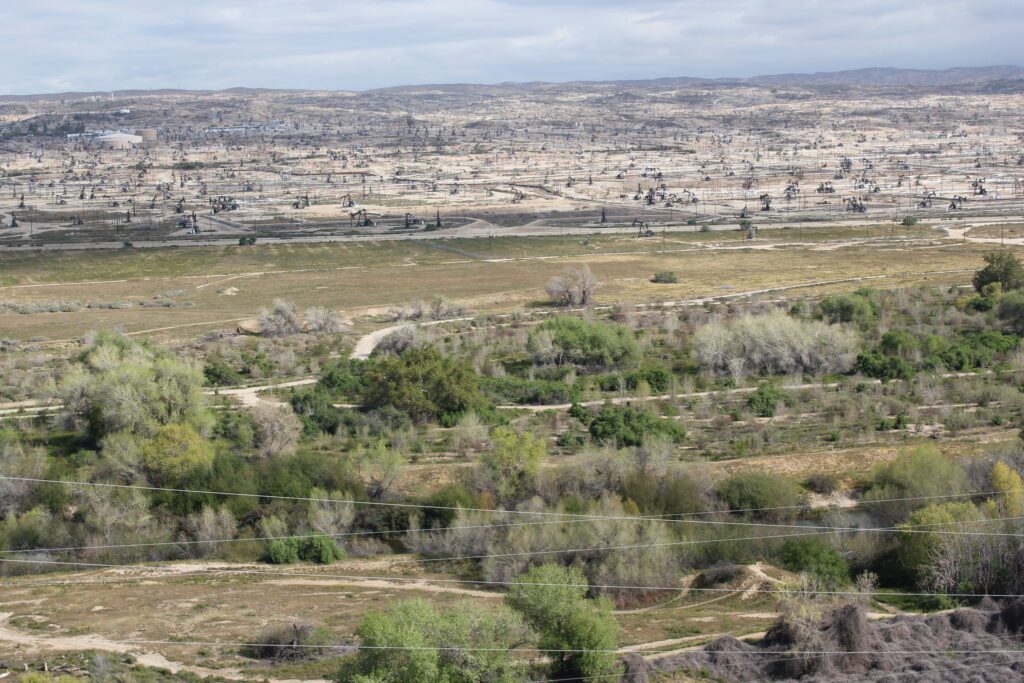
As I made the drive across the southern San Joaquin Valley during my first week with River Partners last year, I noticed the air was stale and the land hauntingly devoid of wildlife. Farmland stretched as far as the eye could see and the faint outline of oil rigs loomed on the horizon. Nothing about it seemed natural. Where were the riparian forests that once expanded across the floodplain? Where was the wildlife?
It was hard to imagine the valley as it once was – a huge system of wetlands that supported an incredible amount of biodiversity. In the 19th century the landscape was artificially transformed as rivers were dammed, wetlands were drained, and water was diverted for farms and communities, leaving less than 10% of the Central Valley’s wetlands intact.
Less than 200 years later and the agricultural and industrial footprint on the land is nearly all you can see as you drive across the valley.
I felt a wave of relief as I pulled into Panorama Vista Preserve, one of River Partners’ long-term restoration sites. Located just north of Bakersfield and west of the Kern canyon lies this 930-acre riparian refuge where massive sycamores, cottonwoods, and valley oaks follow the curve of the Kern River.
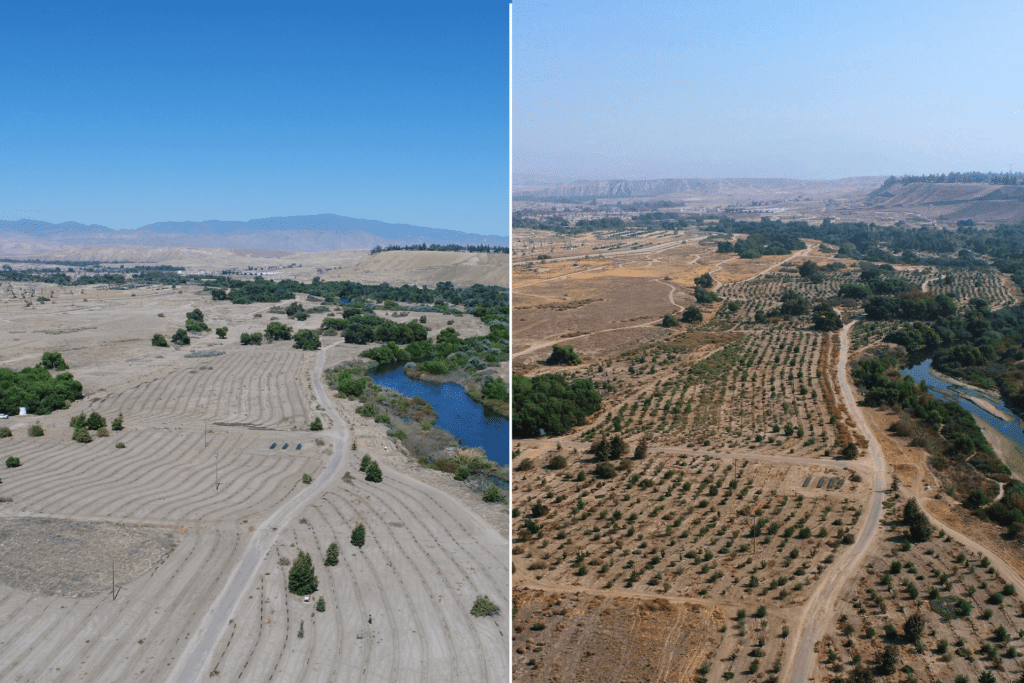
Trails weave throughout the dense riparian forest that exists as a result of nearly 14 years of restoration work by River Partners and Kern River Corridor Endowment & Holding Company, work that has brought life back to this area in abundance. Milkweed, lupine, and lacy phacelia attract pollinators while patches of saltbush shrubs in the upland areas provide habitat for birds, small mammals, and reptiles.
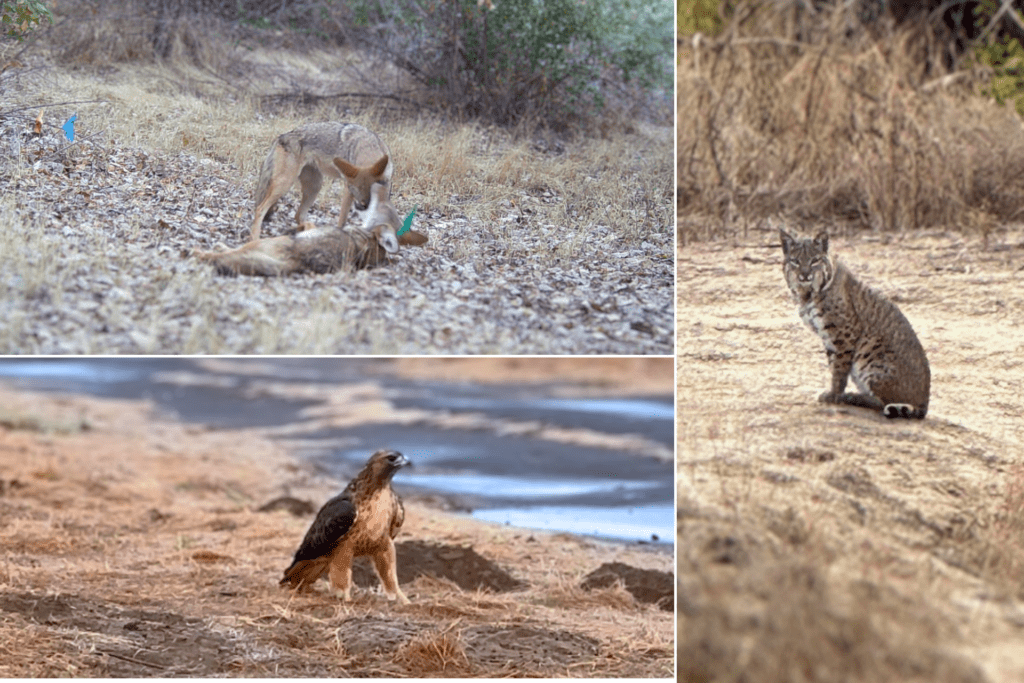
The Preserve now offers more than habitat for local wildlife – it is an important outdoor area for the community of Bakersfield and offers a living laboratory for students. You would not know by looking at it that this restored ‘jungle beneath the bluffs’ was once almost entirely removed, the land previously stripped bare around the time when oil was discovered on the riverbanks.
Now, this reforested area offers a unique opportunity for people to escape the city or nearby farm towns and be immersed in nature.
The stark contrast between the Preserve and the surrounding oil fields, agriculture, and urban development, brought a new perspective. It is in these areas where restoration is needed most – where the land and water has suffered from centuries of destructive human activity.
Our restoration projects are located in places where mined and heavily farmed land can be converted back to healthy riparian forests, where floodplains can be reconnected to rivers and provide habitat for juvenile salmon, and where planting native trees and shrubs can provide habitat and climate refugia for endangered species and other wildlife in the hottest parts of the desert.
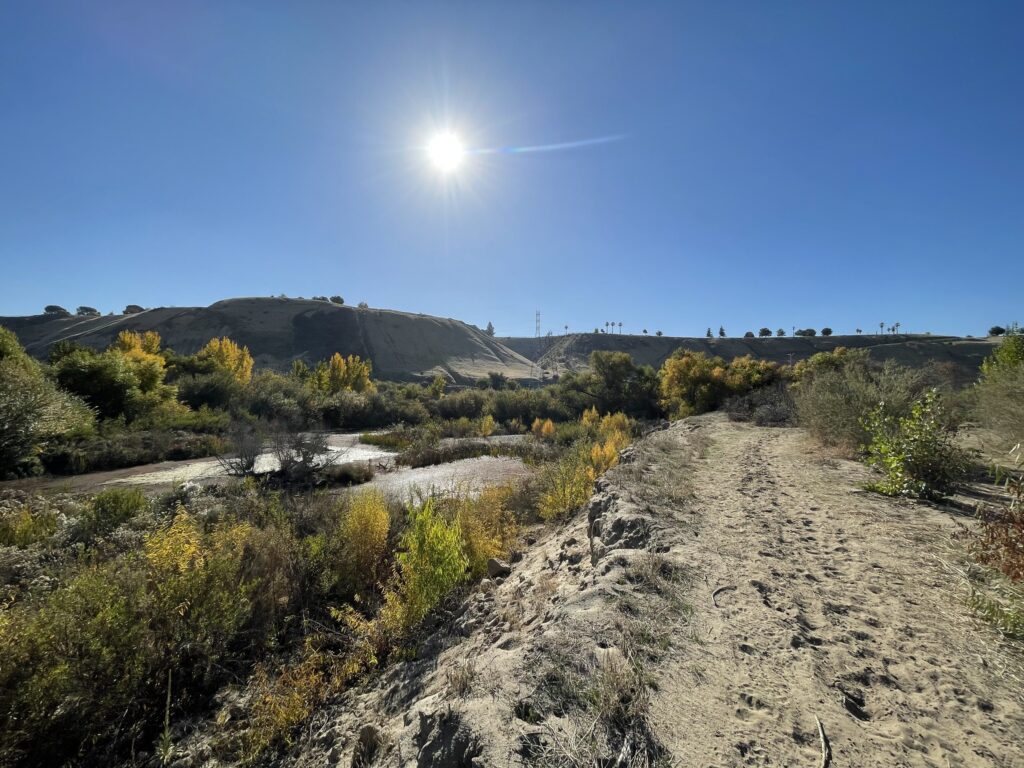
We work with farmers, conservationists, government agencies, and community groups, all who recognize the multitude of benefits from restoration – more wildlife habitat, carbon sequestration, groundwater recharge, natural flood control, and outdoor recreational access.
Today’s news cycle is fraught with depressing statistics about land degradation and climate impacts, but large-scale restoration in California offers tangible hope.
Humans have a tendency to act as though our own species is somehow separate from the natural world, when in fact we are directly dependent on it. Our fates are inevitably linked – the more destruction we cause to the land and water, the more harm we cause to ourselves. When we preserve and restore nature, the more we benefit our health and our communities.
My image of restoration has expanded since starting with River Partners, as I have seen how it is possible to revitalize areas on such a large-scale and short time frame. Utilizing agricultural methods to plant native plants and seed has made it possible to restore thousands of acres annually – at times turning old cropland into dense forests.
Our team spends a lot of time in parts of the state where natural beauty is sparse, places about as opposite from the pristine wilderness of Yosemite as you can get.
But looking out across places like Dos Rios Ranch Preserve, the largest floodplain restoration project in California history that is slated to become the newest California State Park, it is clear that this is where our work truly makes a difference.

